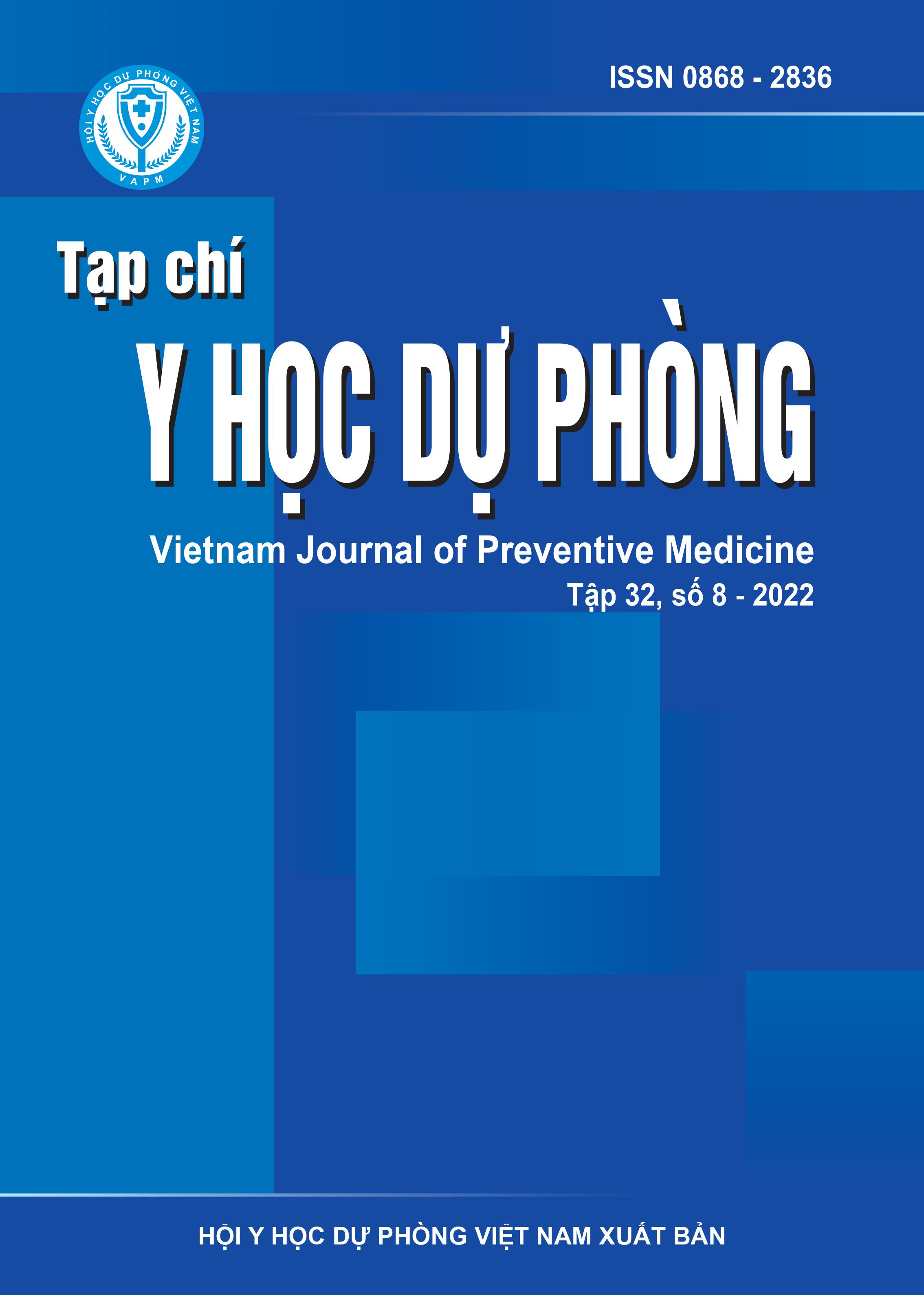Total serum IgE and the relationship between total serum IgE and allergen-specific IgE on allergic patients at LAM Department, Pasteur Institute in Ho Chi Minh City, 2020-2021
DOI:
https://doi.org/10.51403/0868-2836/2022/881Keywords:
IgE, allergy, MAST-CLA, Pasteur Institute Ho Chi Minh CityAbstract
The study aimed to determine total serum IgE, allergen-specific IgE and the relationship between total serum IgE and IgE-specific in allergic patients at LAM Department, Pasteur Institute in Ho Chi Minh City from November 2020 to January 2021 and performed by chemiluminescence method on MAST-CLA machine. Results: A total of 384 samples of analysis of total serum IgE index and 35 allergen specific IgE index. In which, 62.2% had elevated total serum IgE concentration (more than level 2) and the positive rate in descending order was: mite D. farinae 37.7%, mite D. pteronyssinus 28.5%, mite Blomia tropicalis 24.7%, crab 17.6%, cockroach and house dust 17.2%, Bermuda grass 16.7%, peanut 15.9%, clam and Timothy grass 12.6%, soybean 11.7% and shrimp 11.4%. There was an association (r = 0.2 - 0.3; p < 0.001) between total seum IgE and specific IgE with some allergens such as wheat, soybean, chicken, tuna, Bermuda grass, cockroaches, peanut, clam, crab, shrimp, housedust, mite Farinae, mite Pteronyssinus and mite Blomia Tropicalis. The data of the study is meant to detect total serum IgE and allergen-specific IgE in patients to target as well as complement allergenic causes.
Downloads
Downloads
Published
How to Cite
Issue
Section
License
Publication License No 150/GP-BTTTT signed on May 8, 2014;
Electronic Publication License No 322/GP-BTTTT signed on June 15, 2016.


